Michałowski Piotr (ur. 1800 Cracow, zm. 1855 Krzyżtoporzyce).
Son of the senator of the Free City of Krakow. He was an exceptionally versatile man. He took his initial drawing lessons from Michał Stachowicz, Józef Brodowski and Franciszek Lampi. He completed university studies in Kraków and Göttingen, he dealt with mathematics and mineralogy, obtained legal and political education.
Son of the senator of the Free City of Krakow. He was an exceptionally versatile man. He took his initial drawing lessons from Michał Stachowicz, Józef Brodowski and Franciszek Lampi. He completed university studies in Kraków and Göttingen, he dealt with mathematics and mineralogy, obtained legal and political education.
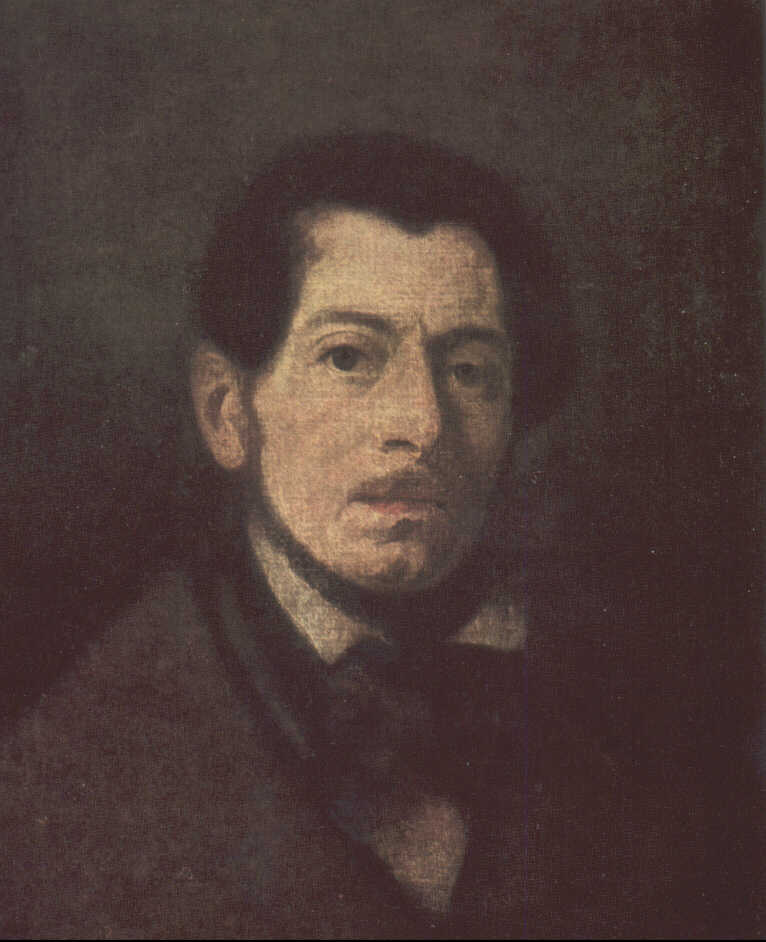
During the existence of the Kingdom of Poland, he served in the Revenue and Treasury Commission in Warsaw, appreciated by Minister Ksawery Franciszek Drucki-Lubecki. There he became the head of the Hut Department in the National Mining Department. During the November Uprising, he was in charge of the production of weapons. After the collapse of the uprising, he left in 1982 1832 to Paris, where he began regular painting studies in the studio of Mikołaj Toussaint Charlet. After returning to the country in a year 1835 he lived in Krakow or in the countryside and managed his family's estates. He returned to France many times. At various times in his life he visited England, Belgium, The czech republic, Germany, Switzerland, Vienna and Italy. After the liquidation of the Republic of Krakow, he became the president of the Administrative Council of. Krakow with a district, and then took over the chairmanship of the Krakow Agricultural Society. Therefore, he dealt with painting on the fringes of his many activities and, in the sense of his contemporaries, he was a talented amateur. This amateur, however, had reliable Paris studies behind him, he knew museum art and painting of French romantics well.
In the first period in Paris, the over thirty-year-old artist studied mainly horses, he practiced drawing as well as watercolor and oil techniques.
In the first period in Paris, the over thirty-year-old artist studied mainly horses, he practiced drawing as well as watercolor and oil techniques.
Horse Study
oil, canvas, 51,5 x 63,2 cm;
not signed;
Collection of Ewa and Wojciech Fibak;
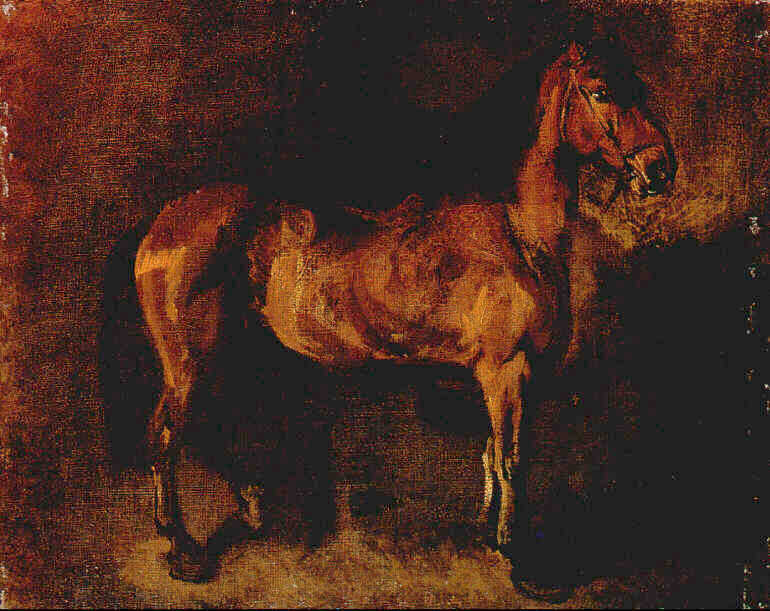
oil, canvas, 51,5 x 63,2 cm;
not signed;
Collection of Ewa and Wojciech Fibak;

Horse in the stable, ok. 1830
watercolor on pencil sketch, cardboard, 34 x 35 cm. (in the light of the passe-partout);
signed lower right in pencil: PM; author's writing p.g.: 300. Fl….w.;
from the AGRA-ART Auction House catalog;
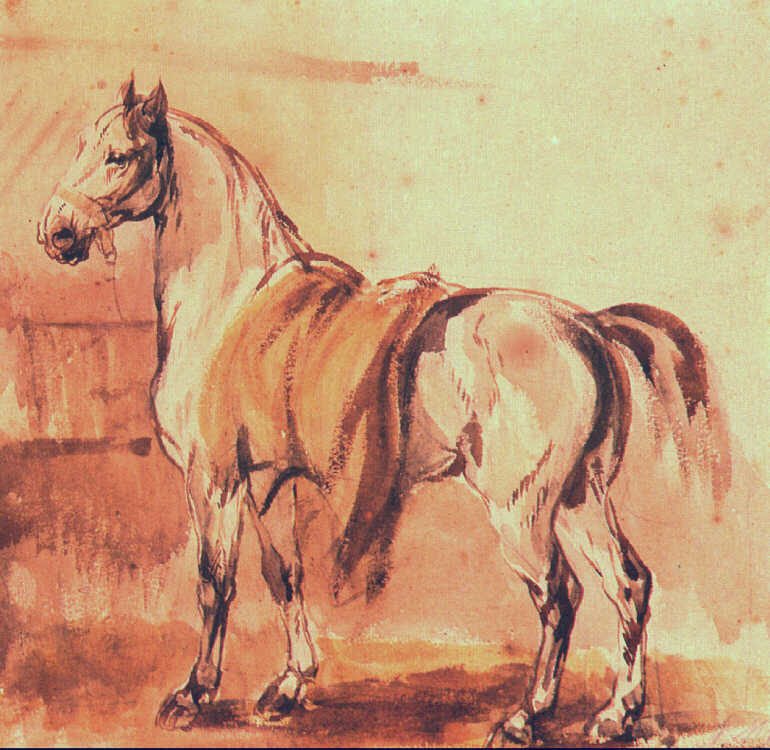
watercolor on pencil sketch, cardboard, 34 x 35 cm. (in the light of the passe-partout);
signed lower right in pencil: PM; author's writing p.g.: 300. Fl….w.;
from the AGRA-ART Auction House catalog;

This composition was repeated by the artist in an oil sketch currently in the collection of the National Museum in Kielce (oil, canvas. 35,5 x 37 cm, inv. no. 1017)
He became a pencil and brush virtuoso. He painted and drew stagecoaches and postillions, heavy draft horses, battle scenes, m.in. related to the Napoleonic epic, horse artillery attacks, life-size horse heads, still brown in color, because suggested by Gericalt's studies, which he even copied.
Cavalry on horseback
oil, canvas, 61 x 46 cm;
not signed;
Collection of Ewa and Wojciech Fibak;
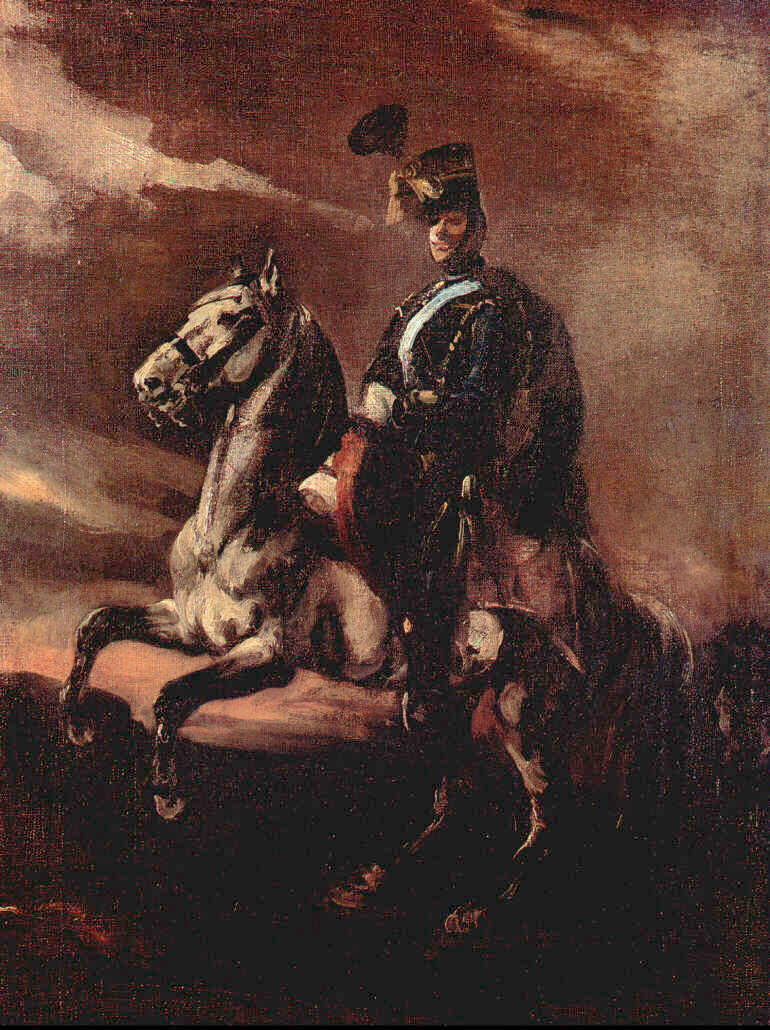
oil, canvas, 61 x 46 cm;
not signed;
Collection of Ewa and Wojciech Fibak;

Horse head
oil, canvas, 81,5 x 70 cm;
not signed;
Collection of Ewa and Wojciech Fibak;
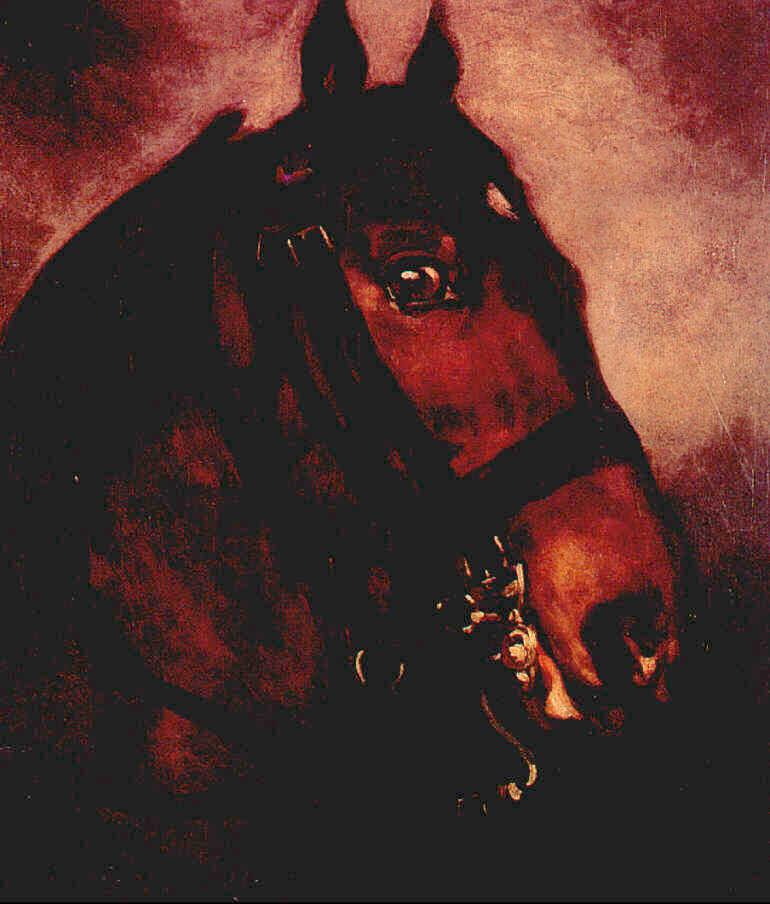
oil, canvas, 81,5 x 70 cm;
not signed;
Collection of Ewa and Wojciech Fibak;

The full crystallization of the artist's personal style took place after a year 1835 already in the country. In Krakow, he repeated the motif of the Austrian hussars, he was studying beggars and old men. The most important thing, however, that he proceeded to fulfill his earlier announcement: “glorification of the Polish army”, which culminated in being repeated several times Samosierra, called by the artist himself a lightning bolt tearing the canvas from top to bottom.
The Battle of Samosierra
National Museum in Krakow;
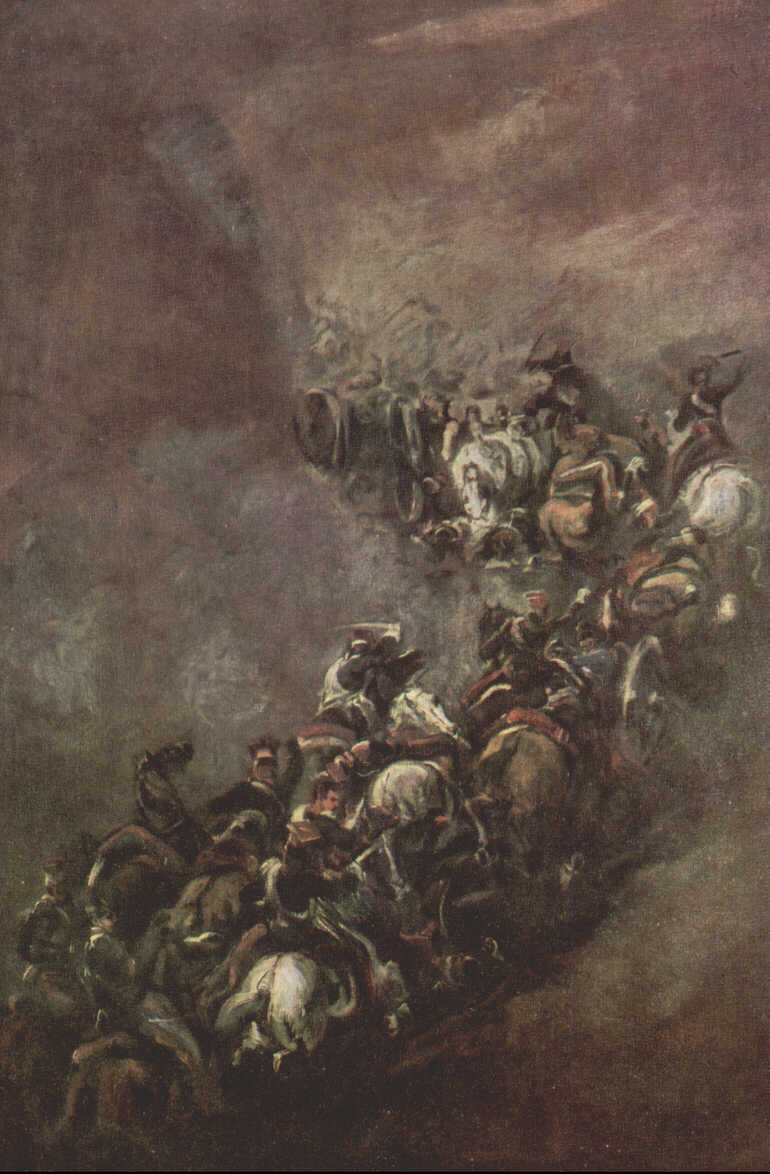
National Museum in Krakow;

The artist reached the apogee of his creativity in the 1940s, about ten years after graduating from Paris. Nevertheless, immediately after arriving in Krakow, he turned out to be an experienced painter, creator of the beautiful, images full of freshness. Michałowski was painting at that time Chorbrego's entry into Kiev (about 1837) and began a series of queens in keeping with their predecessors.
In years 1843-1846 developed, among others. two exquisite canvases: The artist's children on a horse and a donkey and Don Kichota i Sancho Pansę, painted with thick paint, modeled with chiaroscuro and brush strokes, which always defined the form.
Piotr Michałowski is known as “one of the greatest watercolors of all times”. The artist's daughter Celina gives an accurate description of this area of his work, m.in. “The main one is always busy with the subject, which he intended to present, he tried to express it as clearly as possible with a bold and confident set of tones, immediately located. Accessories and side items with a light touch, thus he focused the attention of the beholder on the main object and thus achieved its full effect (…) The backgrounds of his paintings and watercolors are full of freshness, feel the air in them, light and life (…) His way of painting horses is just right for him. In the watercolor, one bold brushstroke is enough for the perfect depiction of the neck and binding, downward flowing details of the musculature, and the anatomical composition and its vivacity do not suffer from it, yes, they gain extraordinary strength. (…) Incredible accuracy of the eye and the boldness of the hego hand in grasping the truth in the lines, movement and expression were not acquired by labor (…) – he had them from the beginning of the painting profession – it was his intuition bursting from an inner spark, what with great originality, the mark of genius is imprinted on his works” (n.n. /Celina Michalowska /, Piotr Michalowski. A sketch of life, artistic profession, activities in public life, Cracow, s.65-66)
In years 1843-1846 developed, among others. two exquisite canvases: The artist's children on a horse and a donkey and Don Kichota i Sancho Pansę, painted with thick paint, modeled with chiaroscuro and brush strokes, which always defined the form.
Piotr Michałowski is known as “one of the greatest watercolors of all times”. The artist's daughter Celina gives an accurate description of this area of his work, m.in. “The main one is always busy with the subject, which he intended to present, he tried to express it as clearly as possible with a bold and confident set of tones, immediately located. Accessories and side items with a light touch, thus he focused the attention of the beholder on the main object and thus achieved its full effect (…) The backgrounds of his paintings and watercolors are full of freshness, feel the air in them, light and life (…) His way of painting horses is just right for him. In the watercolor, one bold brushstroke is enough for the perfect depiction of the neck and binding, downward flowing details of the musculature, and the anatomical composition and its vivacity do not suffer from it, yes, they gain extraordinary strength. (…) Incredible accuracy of the eye and the boldness of the hego hand in grasping the truth in the lines, movement and expression were not acquired by labor (…) – he had them from the beginning of the painting profession – it was his intuition bursting from an inner spark, what with great originality, the mark of genius is imprinted on his works” (n.n. /Celina Michalowska /, Piotr Michalowski. A sketch of life, artistic profession, activities in public life, Cracow, s.65-66)
Portrait of a boy in a cap
oil, canvas, 52 x 42 cm;
not signed;
Collection of Ewa and Wojciech Fibak;
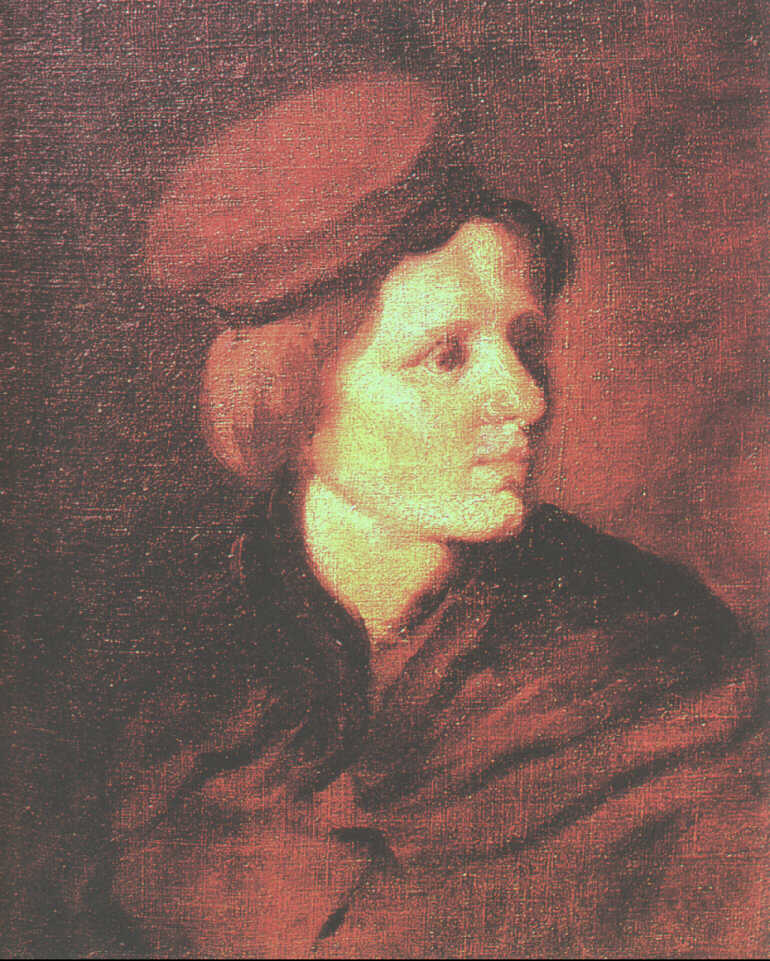
oil, canvas, 52 x 42 cm;
not signed;
Collection of Ewa and Wojciech Fibak;

Portrait of a man
oil, canvas, 51 x 41 cm;
not signed;
Collection of Ewa and Wojciech Fibak;
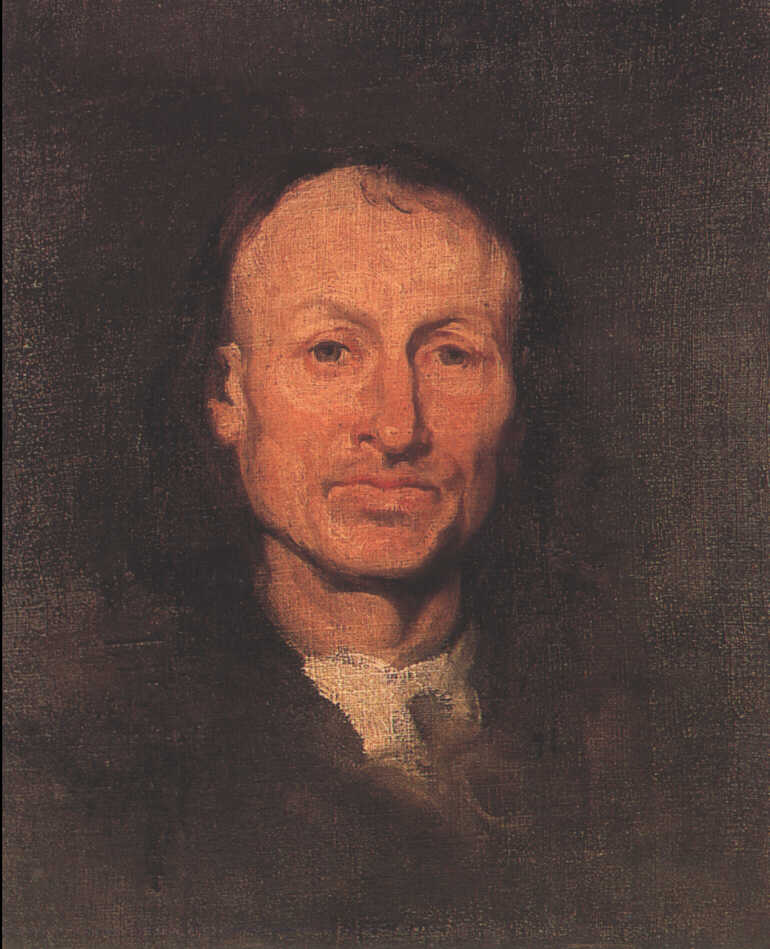
oil, canvas, 51 x 41 cm;
not signed;
Collection of Ewa and Wojciech Fibak;

Portrait of a Russian peasant (the so-called. Seńki)
oil;
National Museum in Krakow;
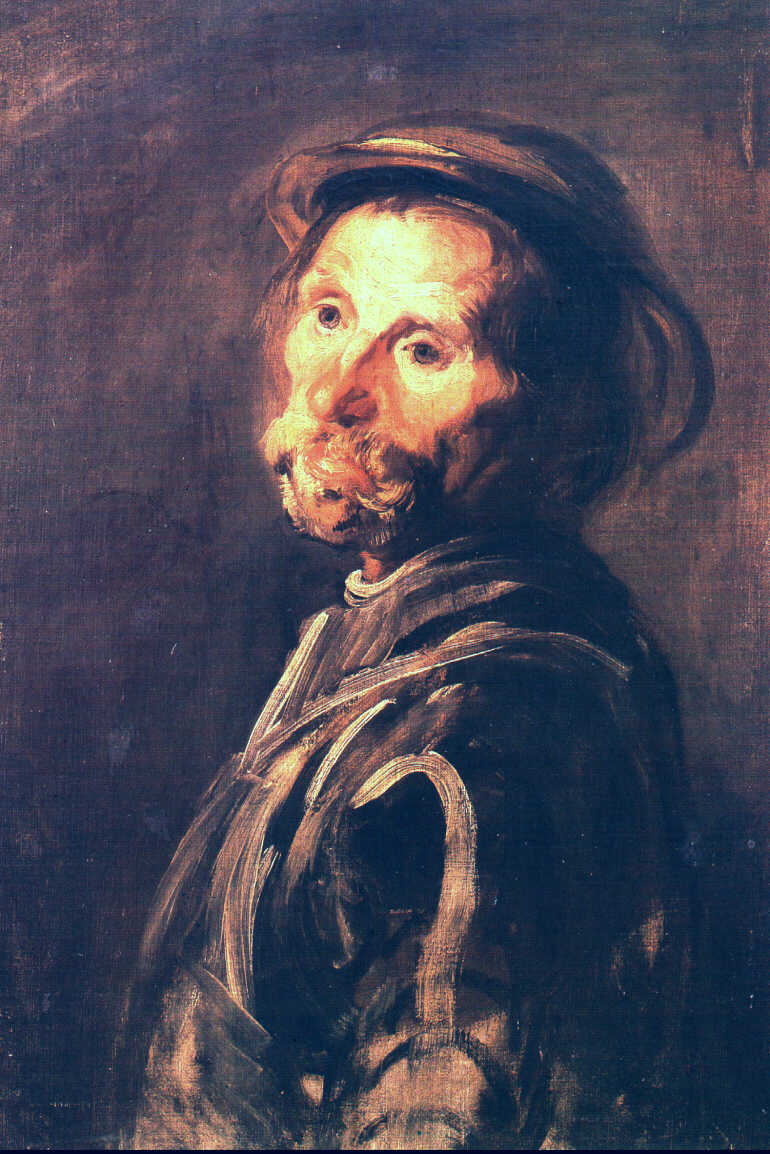
oil;
National Museum in Krakow;

Portrait of a Polish nobleman
oil, canvas, 62 x 52,5 cm;
not signed;
Collection of Ewa and Wojciech Fibak;
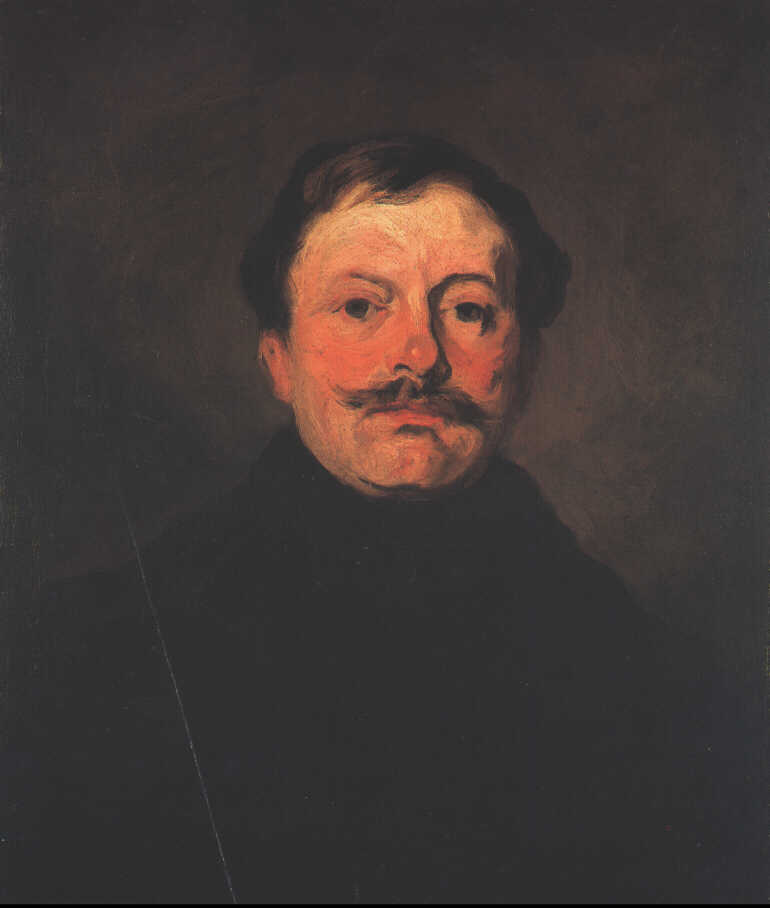
oil, canvas, 62 x 52,5 cm;
not signed;
Collection of Ewa and Wojciech Fibak;

Two teams, 1844
oil, canvas, 45,5 x 54,5 cm;
not signed;
National Museum in Krakow;
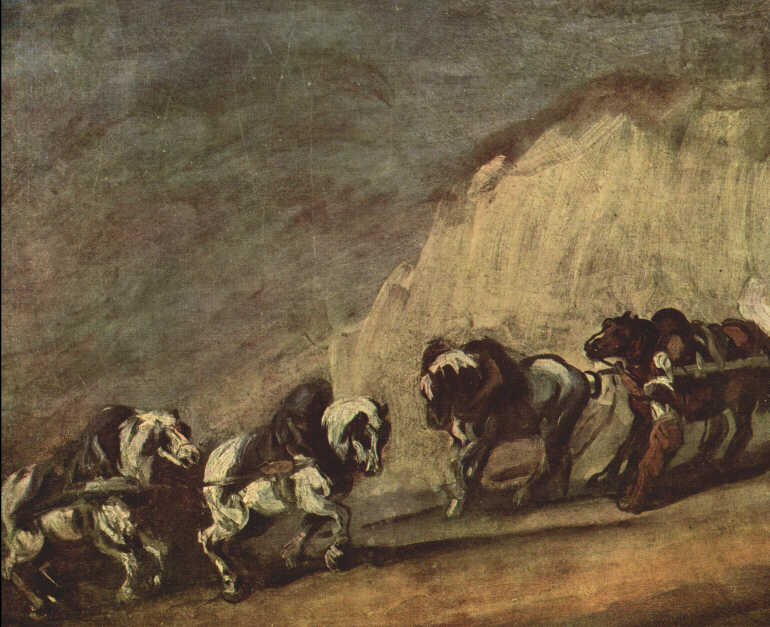
oil, canvas, 45,5 x 54,5 cm;
not signed;
National Museum in Krakow;

Portrait of Józef and Roman Michałowski, the artist's nephews
oil, canvas, 74 x 90 cm;
not signed;
Collection of Ewa and Wojciech Fibak;
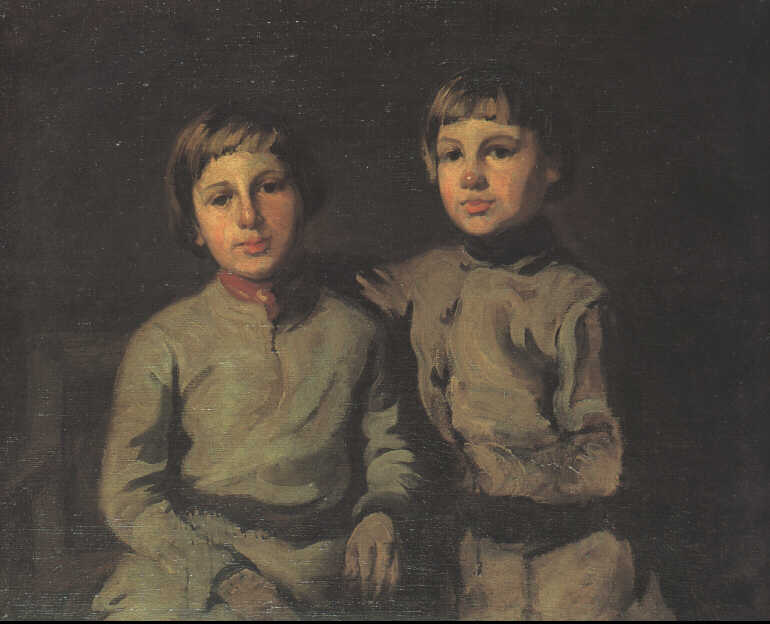
oil, canvas, 74 x 90 cm;
not signed;
Collection of Ewa and Wojciech Fibak;

Country boy head
oil, canvas stuck to cardboard, 59,5 x 46 cm;
not signed;
Collection of Ewa and Wojciech Fibak;
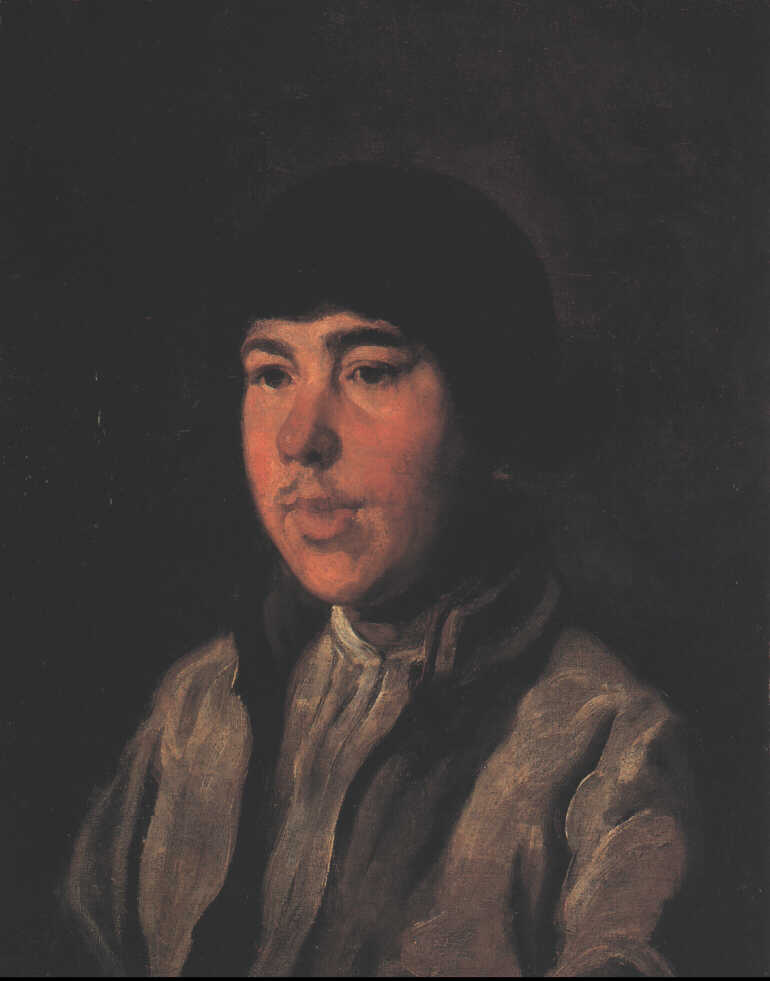
oil, canvas stuck to cardboard, 59,5 x 46 cm;
not signed;
Collection of Ewa and Wojciech Fibak;

Portrait of a man
oil, canvas, 53 x 44 cm;
not signed;
Collection of Ewa and Wojciech Fibak;
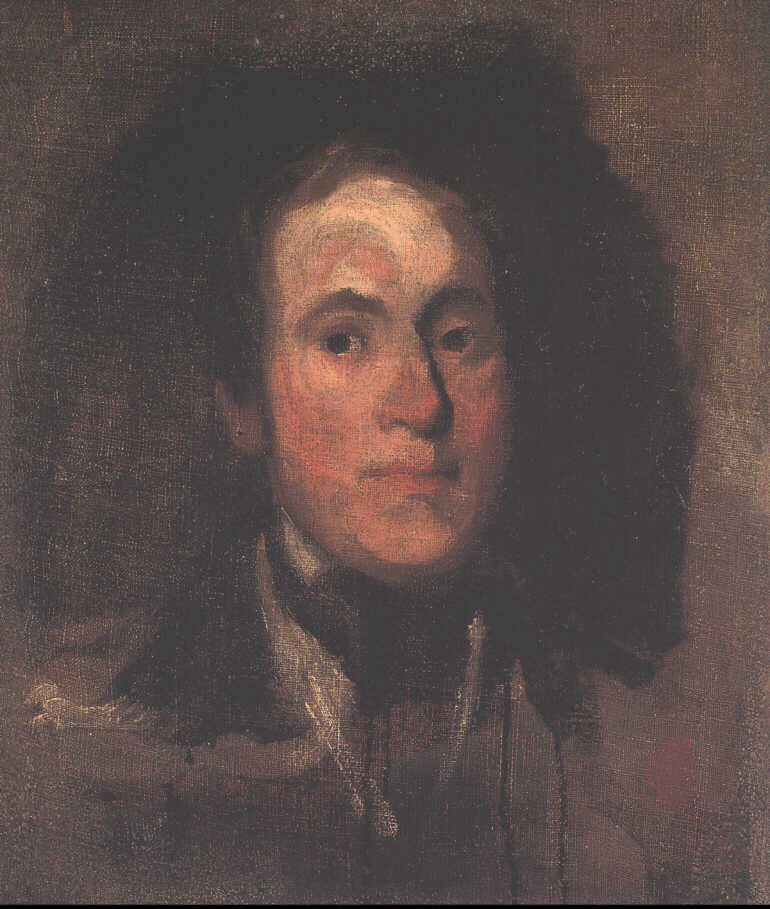
oil, canvas, 53 x 44 cm;
not signed;
Collection of Ewa and Wojciech Fibak;

Portrait of a Jew
oil, canvas, 53,5 x 44 cm;
not signed;
Collection of Ewa and Wojciech Fibak;
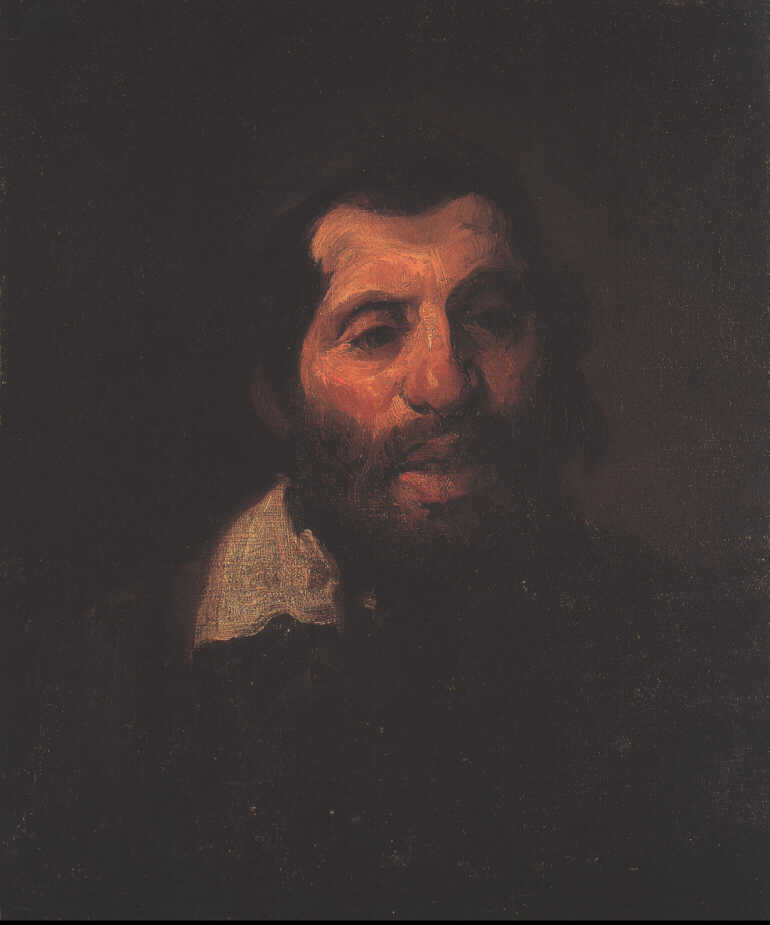
oil, canvas, 53,5 x 44 cm;
not signed;
Collection of Ewa and Wojciech Fibak;

Portrait of a peasant in a hat
oil, canvas, 52,7 x 35,5 cm;
National Museum in Warsaw;
oil, canvas, 52,7 x 35,5 cm;
National Museum in Warsaw;
